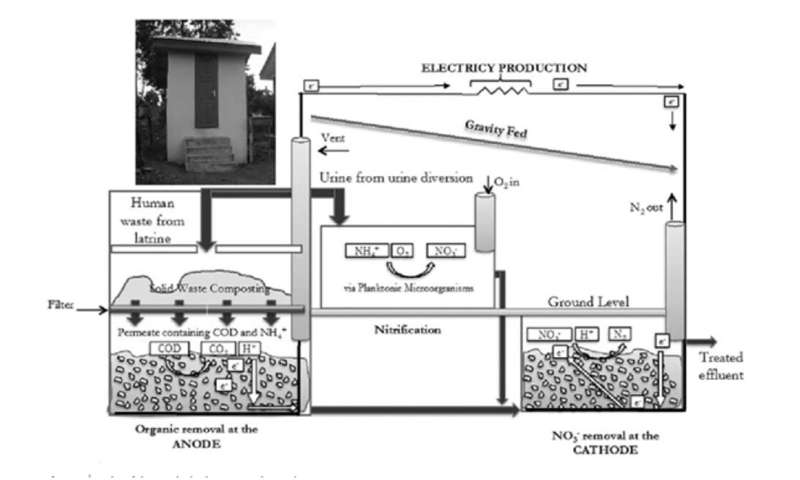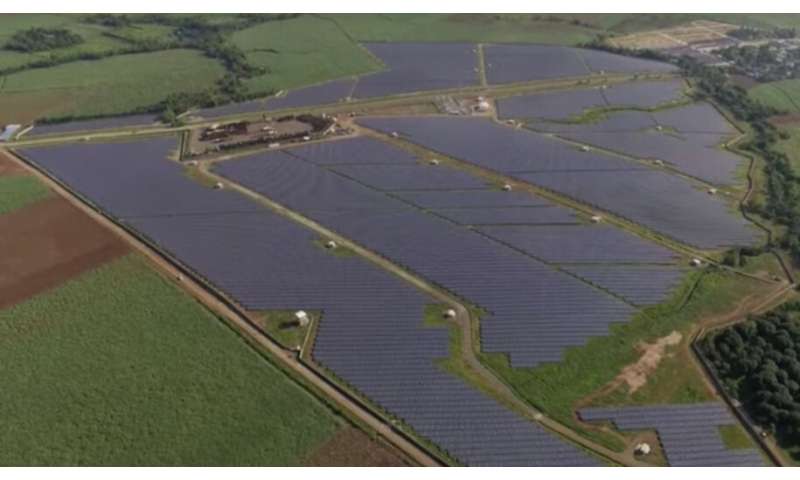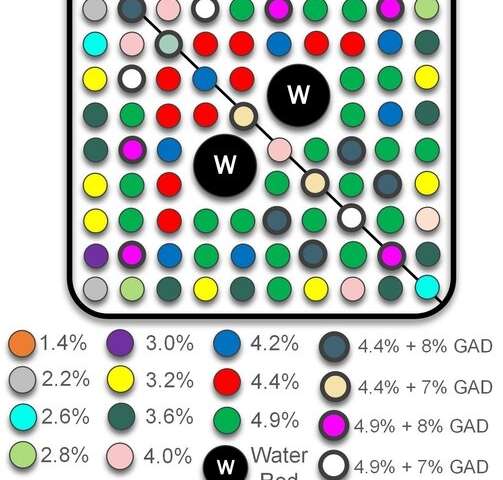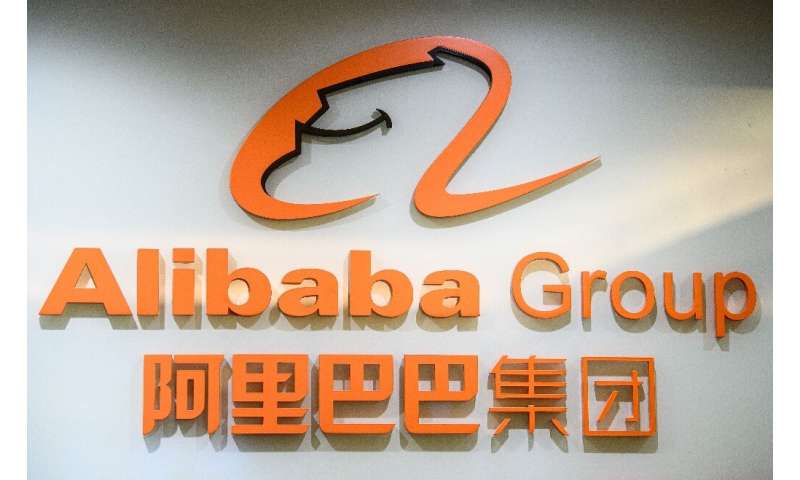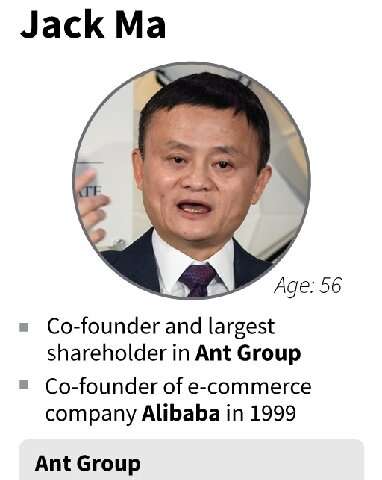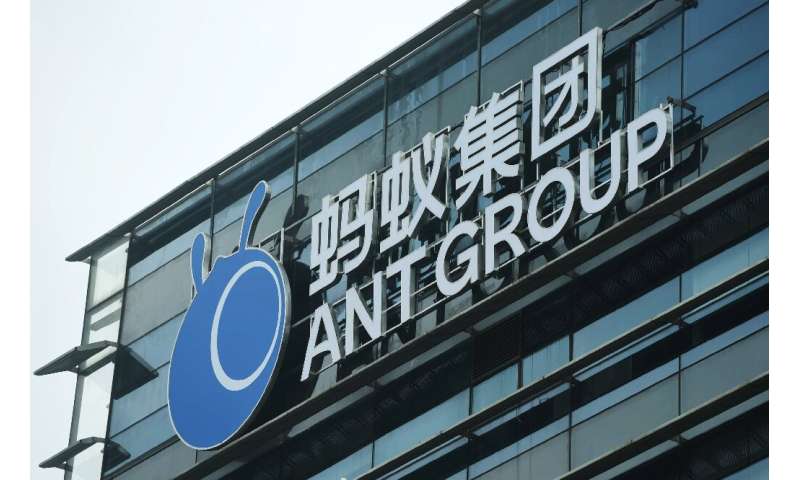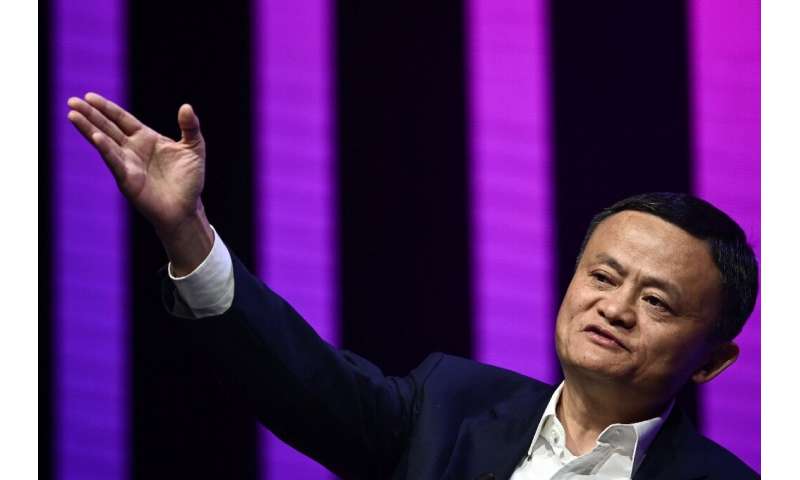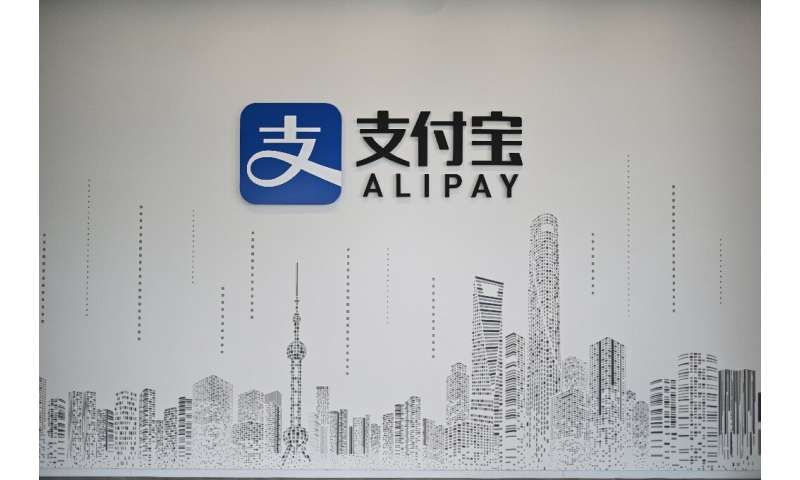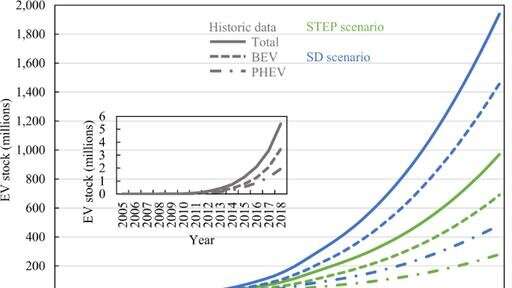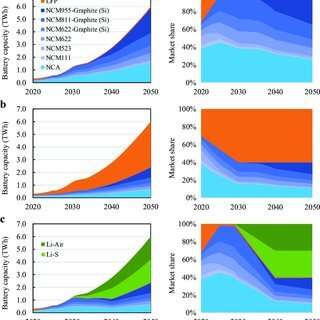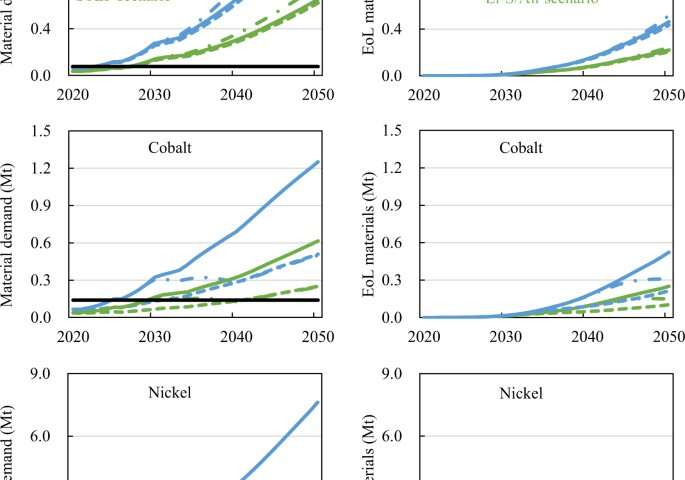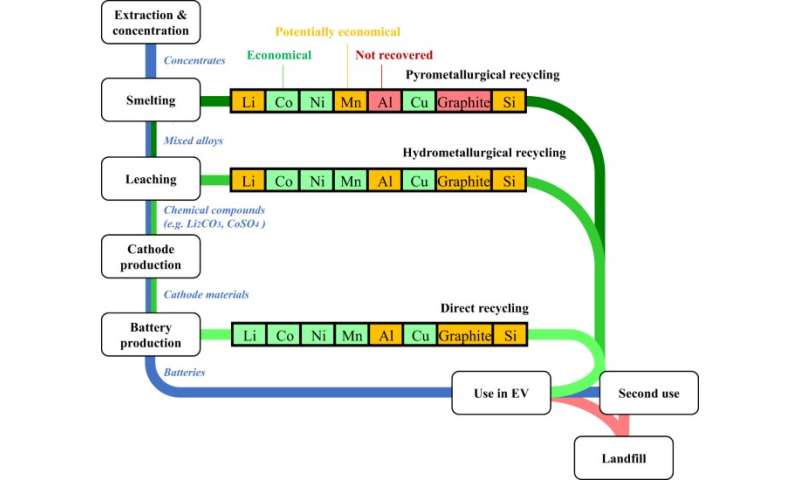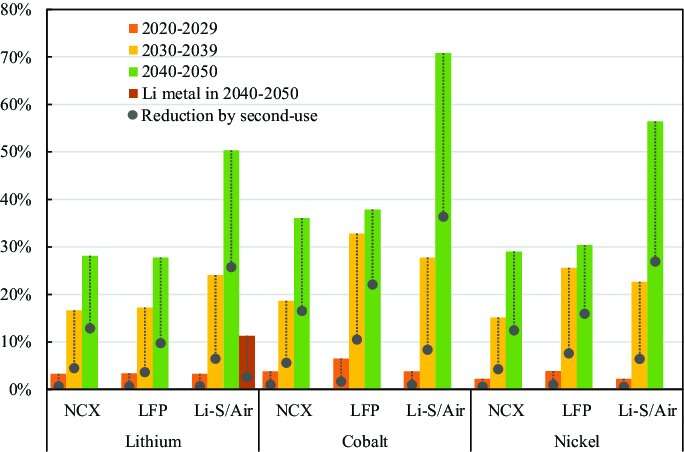by Blaine Friedlander, Cornell University

Bioengineered microbes may one day be used to store the sun’s energy, as well as absorb atmospheric carbon dioxide to later turn it into fuel. This illustration features microbe images taken by postdoctoral researchers Youngchan Park and Bing Fu in chemistry. Credit: Wendy Kenigsberg/Cornell University
By borrowing nature's blueprints for photosynthesis, Cornell University bioengineers have found a way to efficiently absorb and store large-scale, low-cost renewable energy from the sun—while sequestering atmospheric carbon dioxide to use later as a biofuel.
The key: Let bioengineered microbes do all the work.
Buz Barstow, assistant professor of biological and environmental engineering at Cornell University, and doctoral candidate Farshid Salimijazi have assembled theoretical solutions and models that calculate efficiency in microbes, which could take in electricity and store carbon dioxide at least five times more efficiently than photosynthesis, the process by which plants turn sunlight into chemical energy.
"Soon, we will be living in a world with plentiful renewable electricity," Barstow said. "But in order to bring the bountiful energy to the grid, we will need energy storage with a capacity thousands of times greater than we have today."
The research, "Constraints on the Efficiency of Engineered Electromicrobial Production," was published in October in the journal Joule. Salimijazi is lead author.
Electromicrobial production technologies fuse biology and electronics so that energy gathered from wind, sun and water can get converted into renewable electricity in the form of energy-storage polymers (engineered microbes). Solving a storage problem, these microbes can be used on demand or to create low-carbon transportation fuels.
"We need think about how we can store energy for rainy days or for when the wind doesn't gust," he said, noting that battery or fuel-cell technology can take up a lot of space. "We need solutions on how to store this large amount of energy in a cheap and clean way."
In the paper, the researchers suggest taking advantage of microbial electrosynthesis, in which incoming electrons are fed directly to an engineered microbe, which would convert carbon dioxide into non-carbon molecules. More research is necessary to determine the best microbes for the job.
Postdoctoral researcher Alexa Schmitz, a member of Barstow's lab, said the engineered microbes both store energy and absorb carbon dioxide. The CO2 can be converted into a hydrocarbon fuel—effectively neutralizing the carbon cycle, resulting in net-zero carbon emissions.
"While the hydrocarbon fuel would not be carbon negative, carbon neutrality is still very good in this case," Schmitz said. "For a lot of machinery or in aviation, society may still need low-density hydrocarbon fuels for that sector."
That scenario is much better than carbon expansion, she said. "We want to be able to make low-carbon fuel without digging for oil or getting gas out of the ground," she said, "and then releasing the carbon into the atmosphere.
"The microbes act as an efficient microscopic fuel cell," said Barstow, a Cornell Atkinson fellow. "That's why we're offering this road map for the best ways to exploit this potential. More research is necessary to determine the best microbes for the job, as everything comes down to efficiency at the end of the day."
Explore further Engineered bacteria could be missing link in energy storage
By borrowing nature's blueprints for photosynthesis, Cornell University bioengineers have found a way to efficiently absorb and store large-scale, low-cost renewable energy from the sun—while sequestering atmospheric carbon dioxide to use later as a biofuel.
The key: Let bioengineered microbes do all the work.
Buz Barstow, assistant professor of biological and environmental engineering at Cornell University, and doctoral candidate Farshid Salimijazi have assembled theoretical solutions and models that calculate efficiency in microbes, which could take in electricity and store carbon dioxide at least five times more efficiently than photosynthesis, the process by which plants turn sunlight into chemical energy.
"Soon, we will be living in a world with plentiful renewable electricity," Barstow said. "But in order to bring the bountiful energy to the grid, we will need energy storage with a capacity thousands of times greater than we have today."
The research, "Constraints on the Efficiency of Engineered Electromicrobial Production," was published in October in the journal Joule. Salimijazi is lead author.
Electromicrobial production technologies fuse biology and electronics so that energy gathered from wind, sun and water can get converted into renewable electricity in the form of energy-storage polymers (engineered microbes). Solving a storage problem, these microbes can be used on demand or to create low-carbon transportation fuels.
"We need think about how we can store energy for rainy days or for when the wind doesn't gust," he said, noting that battery or fuel-cell technology can take up a lot of space. "We need solutions on how to store this large amount of energy in a cheap and clean way."
In the paper, the researchers suggest taking advantage of microbial electrosynthesis, in which incoming electrons are fed directly to an engineered microbe, which would convert carbon dioxide into non-carbon molecules. More research is necessary to determine the best microbes for the job.
Postdoctoral researcher Alexa Schmitz, a member of Barstow's lab, said the engineered microbes both store energy and absorb carbon dioxide. The CO2 can be converted into a hydrocarbon fuel—effectively neutralizing the carbon cycle, resulting in net-zero carbon emissions.
"While the hydrocarbon fuel would not be carbon negative, carbon neutrality is still very good in this case," Schmitz said. "For a lot of machinery or in aviation, society may still need low-density hydrocarbon fuels for that sector."
That scenario is much better than carbon expansion, she said. "We want to be able to make low-carbon fuel without digging for oil or getting gas out of the ground," she said, "and then releasing the carbon into the atmosphere.
"The microbes act as an efficient microscopic fuel cell," said Barstow, a Cornell Atkinson fellow. "That's why we're offering this road map for the best ways to exploit this potential. More research is necessary to determine the best microbes for the job, as everything comes down to efficiency at the end of the day."
Explore further Engineered bacteria could be missing link in energy storage
More information: Farshid Salimijazi et al, Constraints on the Efficiency of Engineered Electromicrobial Production, Joule (2020). DOI: 10.1016/j.joule.2020.08.010
Journal information: Joule
Provided by Cornell University

